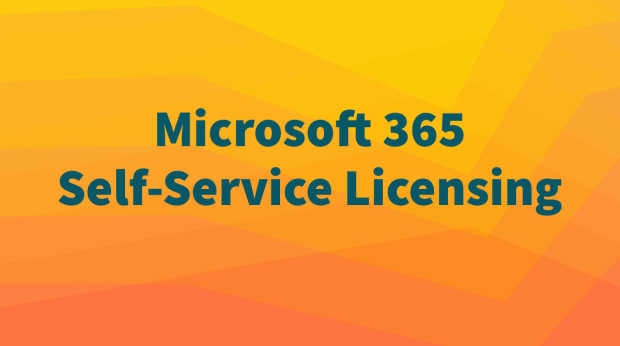We discuss one of my favorite soapbox topics in Episode 55 of the Microsoft 365 Voice – how to plan for, manage, and control self-service licensing in Microsoft 365.
What is self-service licensing?
Microsoft announced self-service licensing in late 2019 and rolled it out in January 2020. Self-service licensing enables individual M365 users to purchase product licenses directly from Microsoft without tenant administrator approval. This means your users can purchase a product license, pay for it with a credit card, and use it in your tenant without asking you first.
Which products offer self-service licensing?
As of July 2021, self-service licensing is available for Power Platform (including Power BI, Power Apps, Power Automate), Microsoft Project, Visio, and Windows 365.
What types of controls can you put in place to manage self-service licensing?
Reporting is available in the M365 Admin Center to see who has purchased and/or deployed self-service licenses in your tenant. If you want to prevent users from purchasing self-service licenses entirely, you’ll need to block self-service licensing via PowerShell. Unfortunately, Microsoft requires you to block self-service licensing for each individual product. This means you’ll need to monitor the Message Center and hope to see announcements when new products are enabled for self-service licensing. If you don’t prevent self-service licensing for each new product, your company may be left exposed.
Listen in for our thoughts on self-service licensing and the practical steps you need to take to manage your tenant. And check out Microsoft’s self-service purchase FAQ page for additional details.
Have a Microsoft 365 question? Submit it online! Your question may be featured in a future podcast episode.
